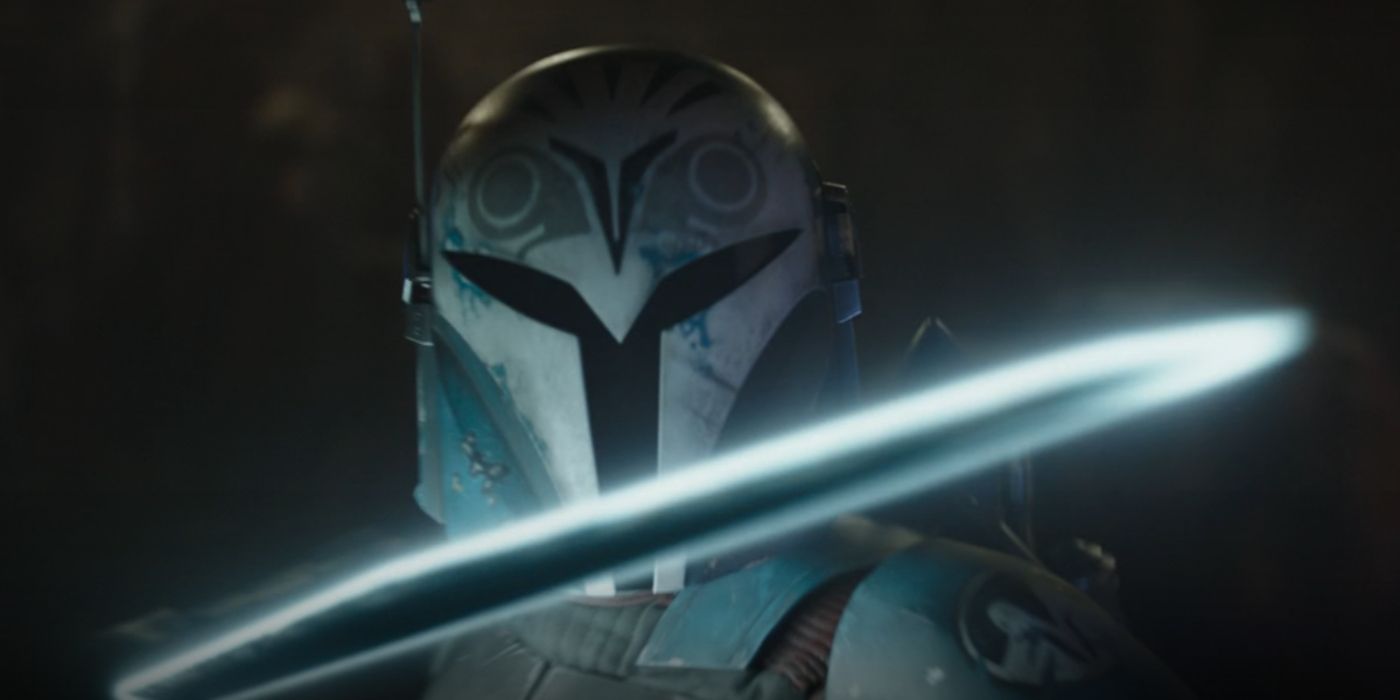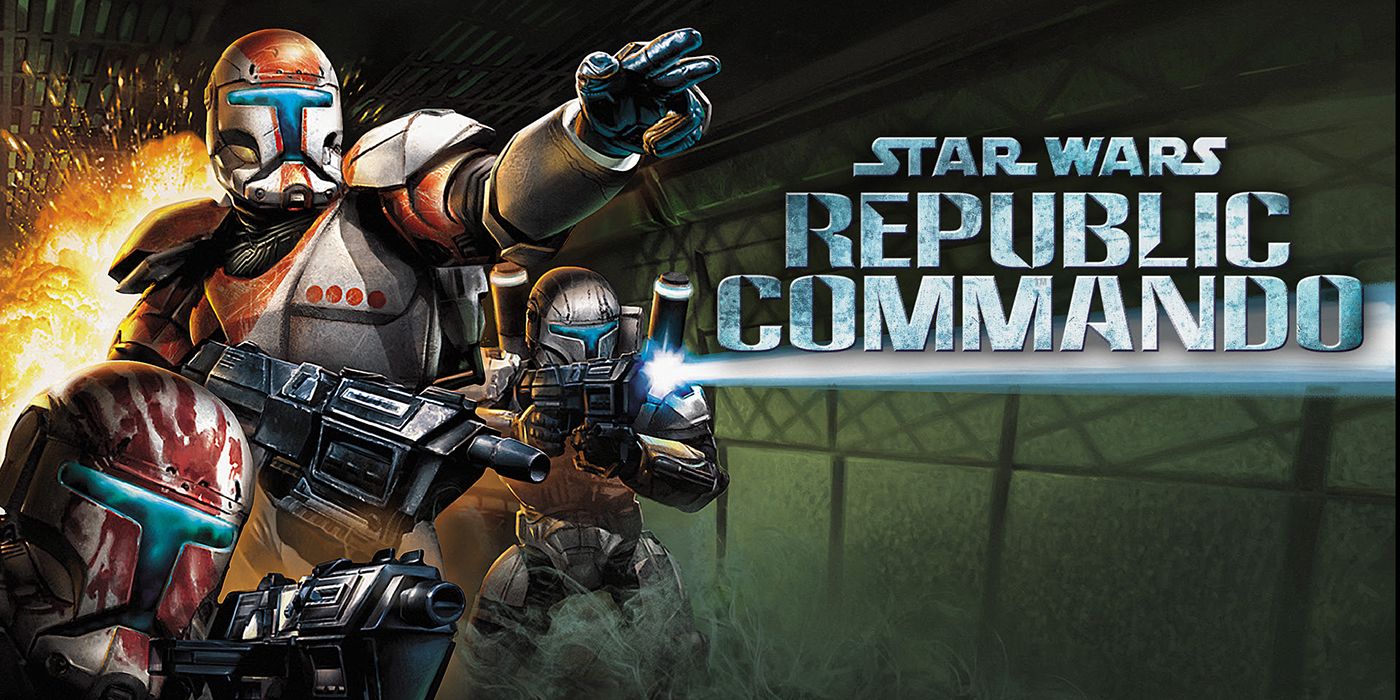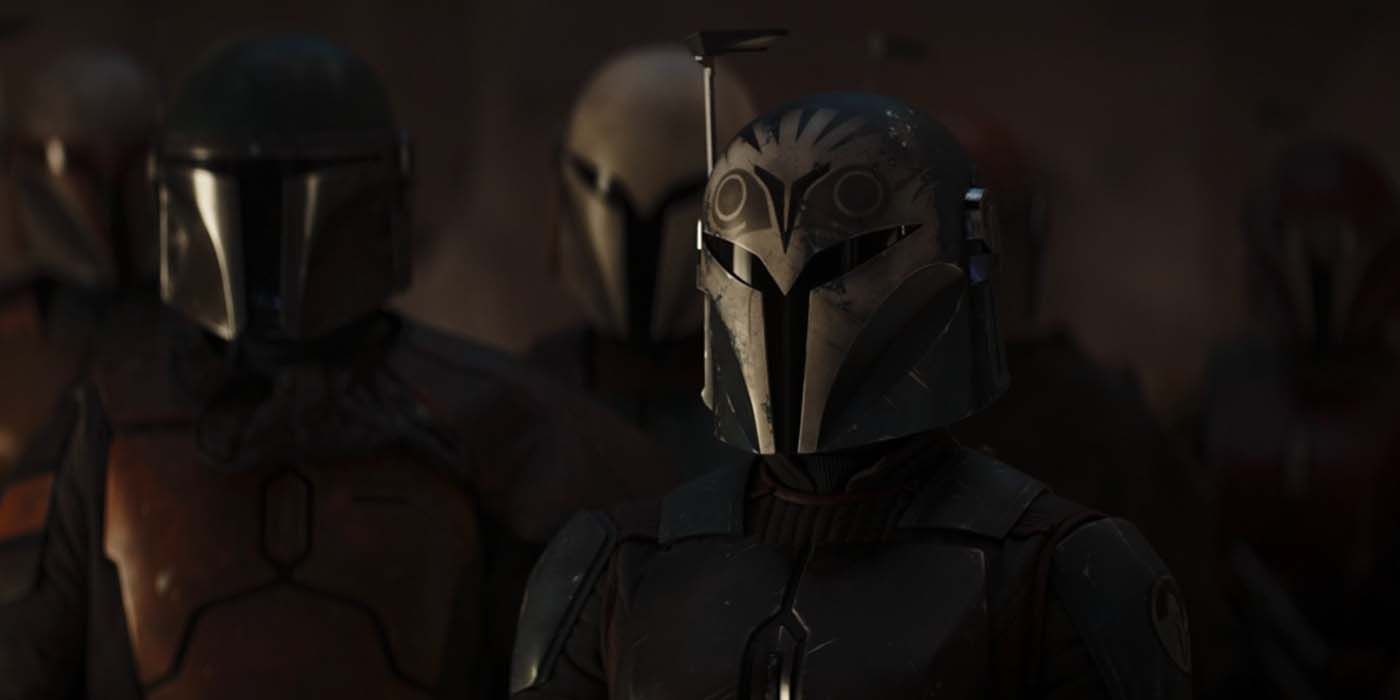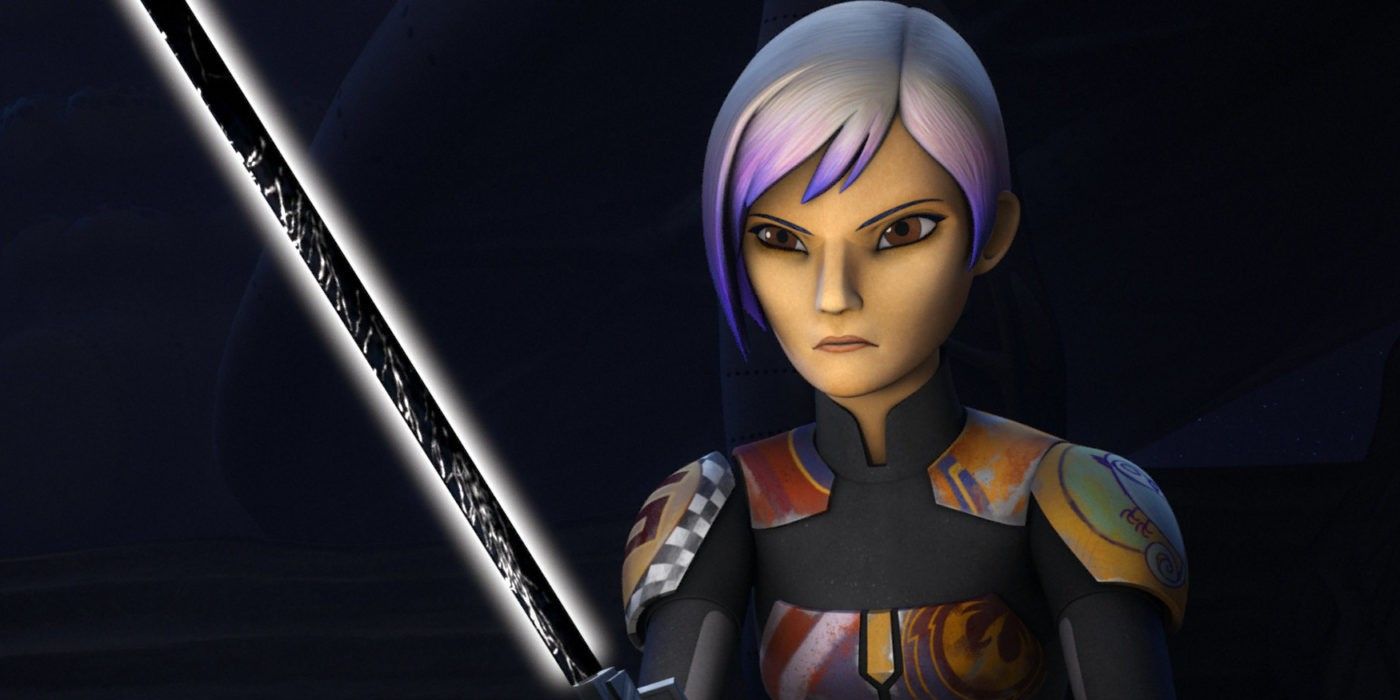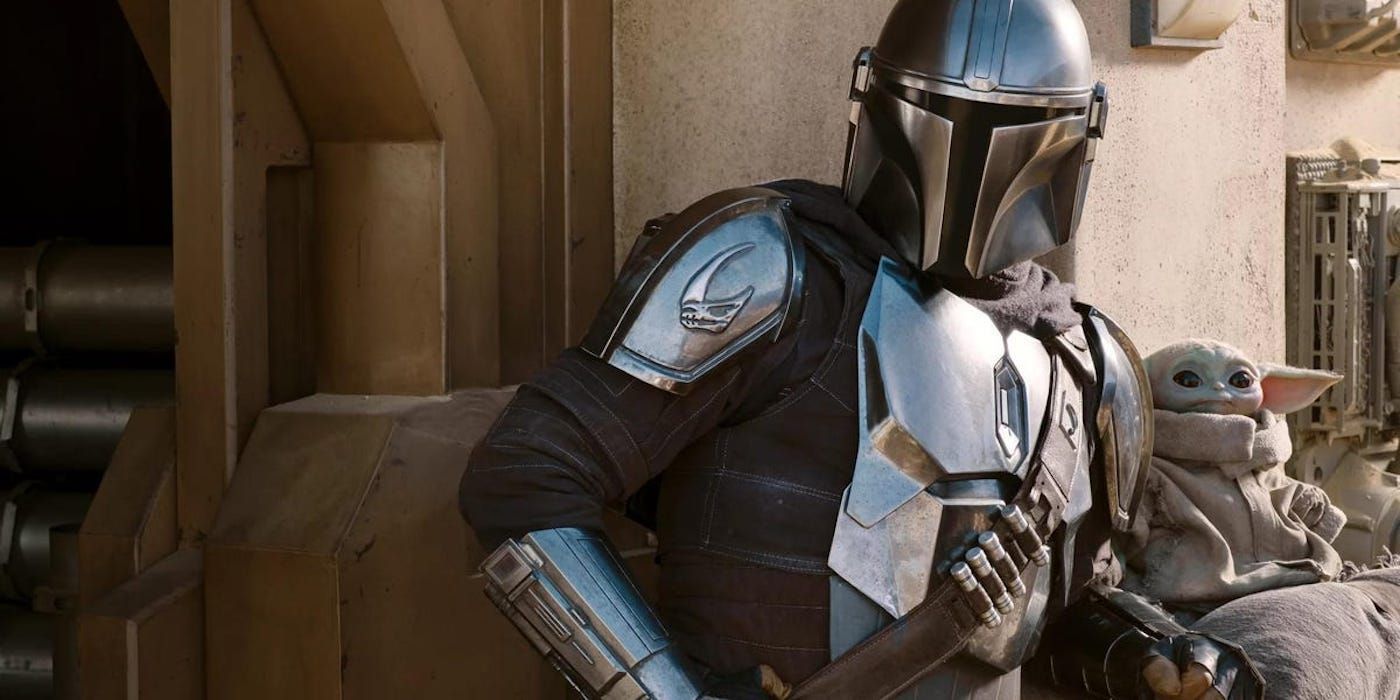Summary
- The Mandalorian language is spoken briefly on several Star Wars TV shows, but characters don't often speak it on screen.
- The behind-the-scenes development of Mando'a may play a role in Mandalorians' limited traditional vocabulary on-screen.
- Mando'a's rarity on-screen can be compared to the limited use of Latin in specific contexts in the real world.
Most Star Wars characters speak a common language, known in-universe as Galactic Basic. This is true both on-screen and in published works such as books and comics. However, a galaxy far, far away is a fictional universe made up of numerous species and cultures. Creating a set of languages to represent such diversity made these collective worlds feel bigger and more intriguing. Of the many cultures crafted and explored in Star Wars, the Mandalorians are among the most expansive. In fact, their language is still the most complex in the franchise's decades-long history.
The Mandalorian language, called Mando'a, has technically been around for over 20 years. Star Wars fans wouldn't know of its extensive history just by counting how many times it is spoken on-screen, though. The more the Mandalorian people become an integral part of common lore, the more likely it becomes that Mando'a will be further developed, for example, at the level of Star Trek's fictional Klingon language. The reason Mando'a hasn't yet reached that complexity actually has a lot to do with the person responsible for most of its development thus far. Behind the scenes, the Mandalorian language could have fallen into the capable hands of real-world linguists long ago -- so why hasn't it? To understand the lack of spoken Mando'a on-screen, it's necessary to consult the language's complicated history.
The Mandalorian Language Was First Spoken In a Video Game
The languages heard throughout Star Wars were not developed by linguists. According to Andrew Higgins in their essay "From 'Utinni!' to 'Aliit Ori'shya Tal'ddin': The Glossopoeiac Journey of Star Wars," most of "the foundational languages of Star Wars were invented through the recording and mixing of sounds." Developing an entire language would require experts in the field to structure and expand the grammar and vocabulary of a fictional culture. Instead, words and phrases of the Mandalorian people have been used sparingly and purposefully in both Legends and canon -- even more rarely on-screen.
Mando'a first appeared in written form in Star Wars Episode II: Attack of the Clones on the display screen inside of Jango Fett's ship. It wasn't heard spoken out loud officially as a full language until the release of the 2005 video game Star Wars: Republic Commando in the intro song "Vode An (Brothers All)." Most of its further development happened in books, specifically the Republic Commando series beginning with the 2004 novel Hard Contact. The Mando'a glossaries at the ends of these books are largely responsible for much of what remains of the language today.
Star Wars Fans Have Preserved What Remains of Mando’a
A simple Google search reveals a handful of resources accurately showcasing Mando'a in both written and spoken form. The original archives from which these sources were developed, however, technically no longer exist. If it weren't for Star Wars fans' efforts to preserve those now-deleted archives, much of what is currently known about the language would have been lost. Author Karen Traviss once housed extensive documents on her development of the Mando'a language while writing the Republic Commando books. These documents have since been deleted. Traviss's series was never completed, and further development of Mando'a ceased.
Thanks to physical and online records of Mando'a, Star Wars fan sites such as Wookieepeia have compiled lists of words and grammar rules for fans interested in learning more about the language. While canon reference books have yet to chronicle Mando'a in detail in an official capacity, several Star Wars shows have made an effort in recent years to keep the language alive. Featuring Mandalorian characters in prominent roles has helped justify the choice to use Mando'a in spoken form on-screen, even if it's rarely heard. Moments that do feature Mando'a, both in written and spoken form, help viewers further immerse themselves in the scenes where Mandalorian lore is expanded.
Where Viewers Can Hear Mando’a Spoken On-Screen
Most Mandalorians speak Basic on-screen largely to avoid forcing audiences to endure extended stretches of foreign language and subtitles. There are a handful of instances, however, where fans can hear Mando'a spoken out loud in official Star Wars media. In Star Wars Rebels Season 3, Episode 16, "Legacy of Mandalore," Sabine Wren speaks in the Concordian dialect of the language when announcing herself to her clan, saying: "Su’cuy aliit Wren (Hailing Clan Wren)." The Armorer counts in Mando'a in The Book of Boba Fett Season 1, Episode 5, "Chapter 5: Return of The Mandalorian" while training Din to wield the Darksaber. Mando'a is also spoken in The Mandalorian Season 3, Episode 4, "Chapter 20: The Foundling." The episode takes place entirely in the covert led by The Armorer and features training and sparring between Mandalorians.
While there are real-world explanations for Mando'a's rarity on-screen, an in-universe explanation can also be applied to further justify its scarcity. Long ago when Mandalorians largely lived and congregated in the system, it would have made sense that the surrounding people exclusively spoke varying dialects of Mando'a. However, later in the Star Wars timeline, Mandalorians are more scattered throughout the galaxy. By the time The Mandalorian takes place, the planet of Mandalore is largely believed to be inhabitable. Speaking the Basic language likely became a means of survival for any Mandalorians who lived through The Night of a Thousand Tears.
They had to settle elsewhere, find work, and form relationships with people outside their culture more so than ever before. Mando'a may have even become somewhat of a dead language to some, similar to the way Latin is only used in specific contexts in our world. The need to speak or write in Mando'a on a daily basis became second to other forms of communication. Viewers don't hear it spoken as often, perhaps, because some Mandalorians have grown accustomed to not speaking it by default. They may speak it among themselves or during certain rituals, but outside the home so to speak, they speak in the local language.
The Bright Future of Mando'a
There is likely a bright future for Mando'a in Star Wars canon, especially on-screen. The Mandalorian brought the titular culture to a wider audience than had likely known of it before. Most references to Mandalorians in Star Wars prior to the live-action Disney+ show occurred in books, video games, and animated series. Now Baby Yoda, as he's affectionately called, is canonically a Mandalorian by adoption. The show's creators could go so far as to eventually have Grogu speak his first words in Mando'a rather than in Basic, which could further prompt a spike in the number of fans demanding to learn Mando'a for themselves. The greater the need grows for a more developed language, the more likely Lucasfilm is to dedicate resources to making it happen.
Historically, Star Wars creators have focused more on the sounds of the universe's languages than on their structure and use. On-screen, some species, such as the Jawas in Star Wars Episode VI: A New Hope only "speak" in a few select scenes. There was no need, in such circumstances, to develop Jawaese to get the point across. Mandalorians, however, have become somewhat of a staple in recent Star Wars on-screen media. The majority of Star Wars shows streaming new episodes in 2023 have featured at least one Mandalorian character. While there will always be the need for Basic to keep audiences engaged, Mando'a has the potential to enrich future on-screen Star Wars properties by allowing viewers to further immerse themselves in featured scenes. The fans have done the work to preserve a language that could have died at the hands of its creator -- it's now up to the powers-that-be to fully revive it in a much bigger, more meaningful way.

